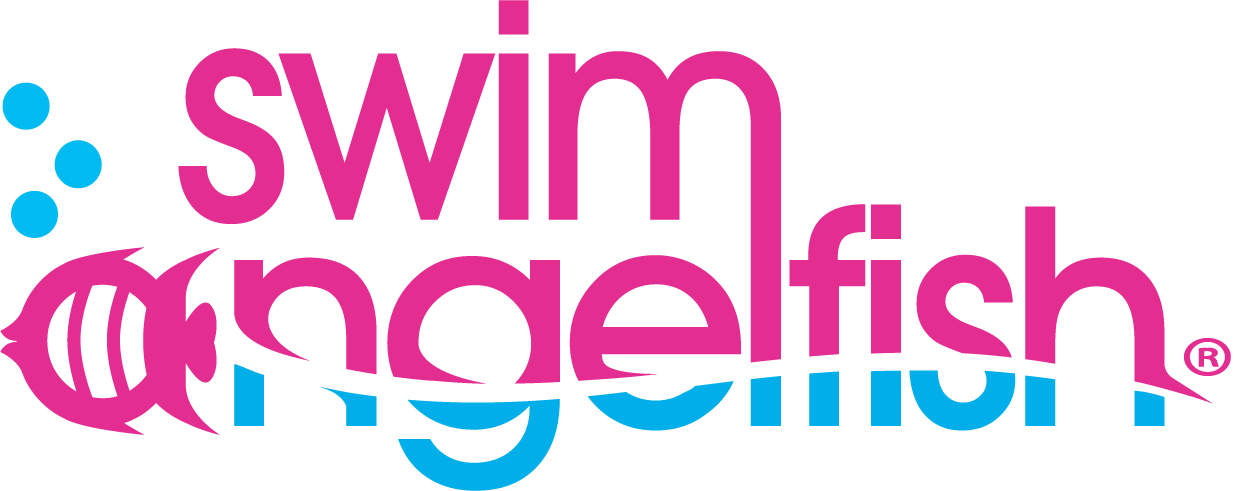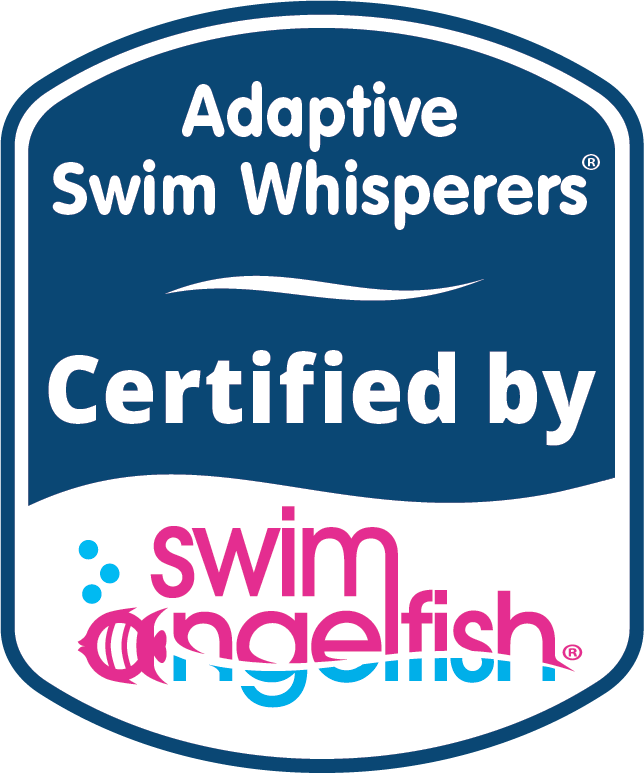Healing Waters: Aquatic Therapy for Children with Muscular Dystrophy and Neuromuscular Conditions
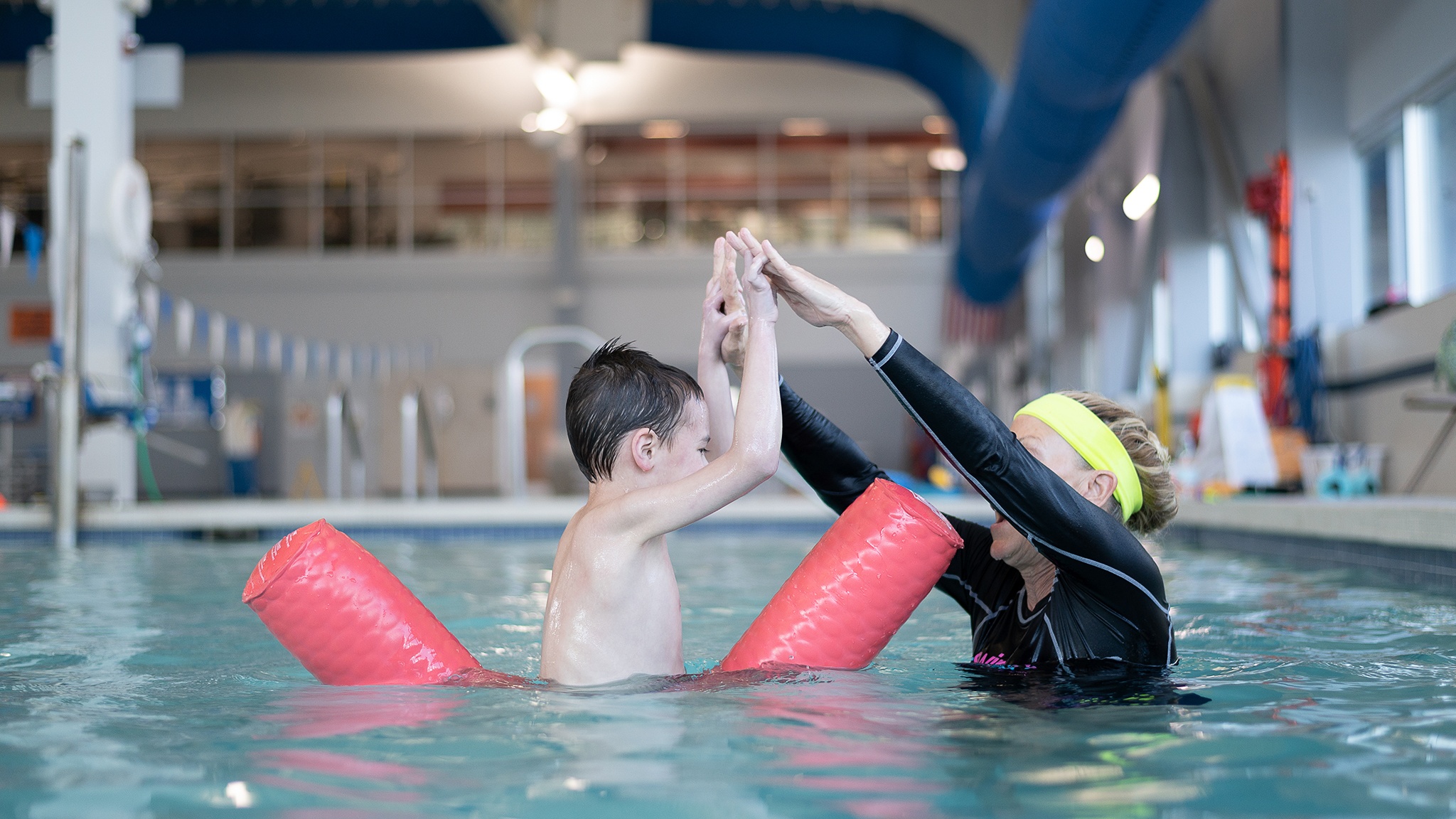
In this blog, we discuss the therapeutic benefits of water for children and young adults with Muscular Dystrophy (MD) and other Neuromuscular Disorders. We share how the properties of water, such as buoyancy, viscosity, hydrostatic pressure, and surface tension, play a crucial role in providing therapeutic support.
Aquatic therapy offers a supportive and therapeutic environment for children and young adults with MD, allowing them to improve muscle function, respiratory control, and sensory processing while enjoying the benefits of being in the water.
Did you know that the longer we keep our muscles active the longer we can maintain muscle function and alignment? This is the core principle we follow when treating patients with muscle disorders such as MD.
We use the properties of the water to our advantage to help clients achieve their goals. Let’s break this down to explain just how magical the water really is!
Improving Respiratory Control with Aquatic Therapy
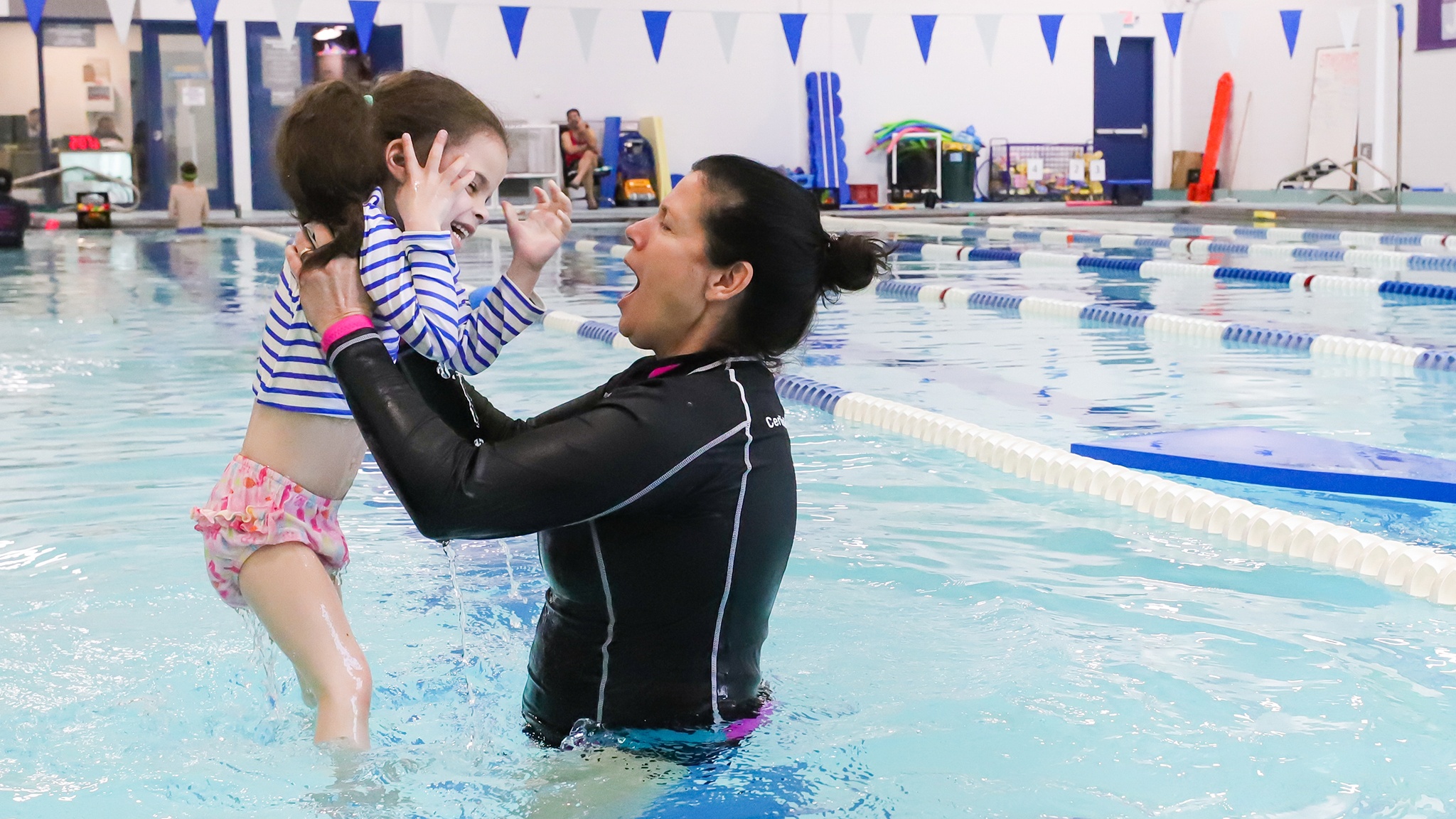
Many children have difficulty with good respiratory control, where the ability to take full, deep breaths can be challenging. Aquatic therapy techniques leverage the hydrostatic pressure of water to facilitate deeper breathing, enabling greater lung expansion. For instance, when submerging the trunk in water, the hydrostatic pressure applies gentle compression to the rib cage, intercostal muscles, and diaphragm. As the rib cage moves or is lifted out of the water, there is no hydrostatic pressure and it’s easier to take a big inhalation without resistance.
For parents looking to support their child’s therapy goals, one technique you could try is to hold your child on their back with their head against your chest, as you lift their ribs up and out of the water. When they inhale, gently push their trunk into the water to assist with exhalation. It looks like a dolphin motion, as the chest comes up for inhalation with extension, and goes down into the water with flexion for exhalation.
Aquatic Exercise Ideas for Swimmers with Muscular Dystrophy
We share three tried and tested exercise ideas for swimmers with muscle disorders such as MD that will help to meet therapy goals.
If you are looking for more exercise ideas, we’ve got you covered with our Totally Treatment online therapy course.
Note – Information provided should be used within the scope of practice.
